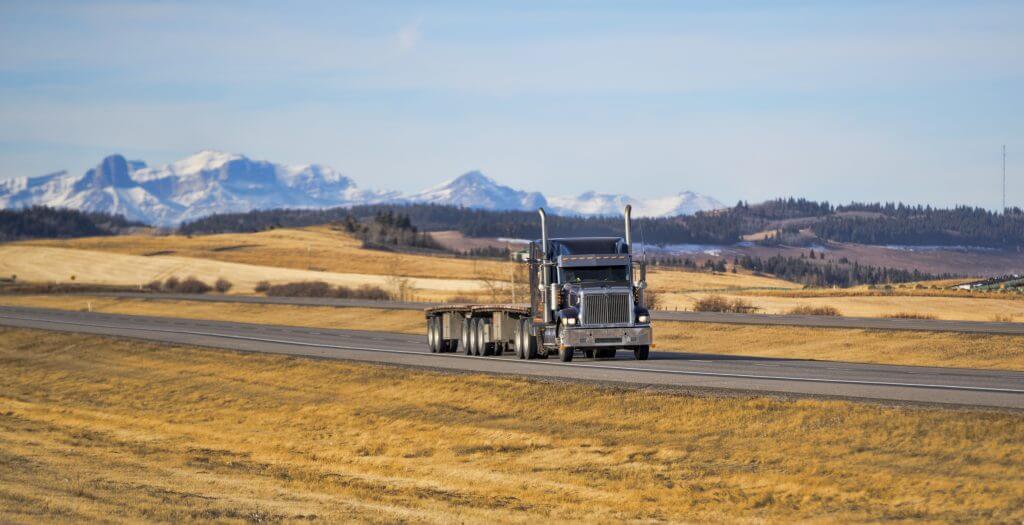Flat Bed Trucking: Demand is Exceeding Availability across the US
Posted on May 16, 2018 by Ceco Building SystemsMetal building packages, like most other manufactured or fabricated products in America, are typically transported as freight by commercial trucking lines. Historically, there have been plenty of trucking companies with plenty of drivers who would happily take on the job of transporting a metal building to a construction site. However, times have changed.
The Issue: A Shrinking Workforce of Truckers
An April 3rd, 2018 article in Wall Street Journal Today points out some nationwide trends that affect virtually every industry in the United States. Notably, the current trucking workforce is aging, just like the rest of the population, with an average age of 49 years old for a long-haul trucker in 2014 compared to an average of 42 years old in 2002. Normally the aging out of truckers would be replaced by younger ones entering the workforce, but that isn’t happening. The article notes that a commercial trucking license requires the licensee to be 21 years of age. Recruiters for schools that train new truckers are noting that many young people are opting for other work in construction, manufacturing, or energy related jobs rather than waiting until they are old enough to train for their trucking license. And they have a good chance at better pay and better working conditions in those other fields too.
The Effects: Higher Transportation Costs
The observable dilemma here is that enrollment in commercial driving courses is at record lows while demand for drivers is at a record high due to a strong economy producing surging freight volumes. Basic economics indicates that when supply is low and demand is high, prices can be expected to increase, and that is what is happening.
Trucking by flat bed truck, the manner in which metal building components and packages are shipped, is particularly affected by this national trend. Drivers of flat bed trucks are responsible for the physically demanding and time consuming work of securing their load with straps, tarps, and other means to protect it from the elements. And they need to be out in the weather doing that work all year long. Compare that to driving a standard 53-foot cargo van type of truck or a refrigerated truck where the driver is only responsible for driving, and the difference is notable. Scott VanOstrand, Director of Transportation at NCI has reported that “On average across the US, each flatbed truck/driver has over 100 loads to choose from.” With that much choice, drivers could easily pass on the less appealing shipments and only choose the ones they like”. Scott goes on to point out, “The DAT Truck to Load ratio is a measurement of supply/demand in the flatbed market and it has never been as high as it is right now. As our economy strengthens and the truck driver shortage continues on, this ratio becomes further and further imbalanced.”
The Response: Plan for Managing Transportation Costs
The metal building industry is finding itself caught in this circumstance, just like all other industries. Typically, the cost of shipping a metal building package is quoted by an independent trucking company based on weight, distance to ship, and other relevant variables. Now, it is also being based on the increasing costs of flatbed truck drivers happening all across the country. Estimates across the board indicate that transportation costs could be 25 – 35 percent higher in 2018 compared to last year. That means every $1,000 of previously budgeted shipping cost could now be around $1,300 and needs to be planned for.
In order to manage these outside cost increases, customers who place multiple orders should consider consolidating orders to create full truck loads where possible or where that isn’t already the case with full building packages. Working with manufacturers early on in the design and fabrication process should also allow for transportation price quotes that anticipate and reflect the reality of increased shipping costs. Forecasts after 2018 aren’t available yet, but with no relief in sight over the growing demand and shrinking supply for truck drivers, costs are likely to continue to rise.
To find out more about the best ways to anticipate and control costs and construction budgets during this changing transportation market, contact your local Ceco representative.


